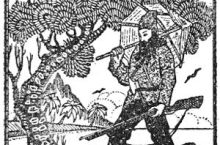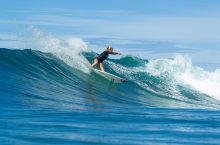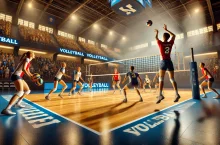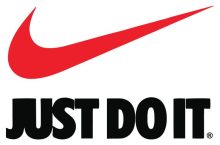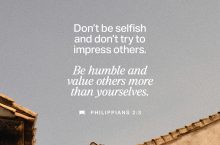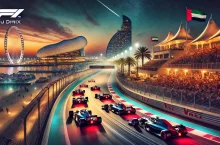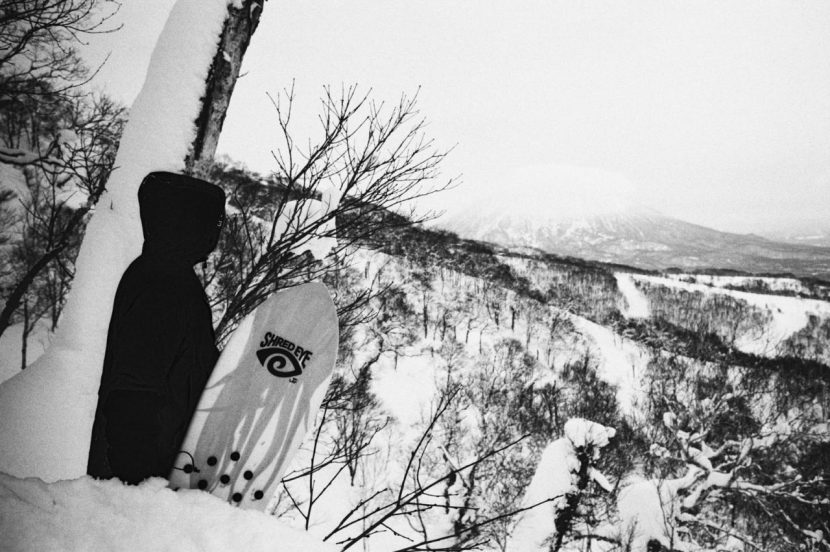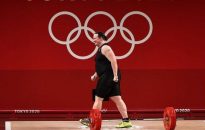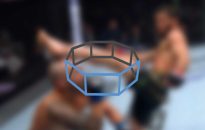I still ride the board. It makes me want to surf as much as it makes me want to ride snow, which I guess is the whole point, isn’t it? I still ride the board. It makes me want to surf as much as it makes me want to ride snow, which I guess is […]


I still ride the board. It makes me want to surf as much as it makes me want to ride snow, which I guess is the whole point, isn’t it?
I still ride the board. It makes me want to surf as much as it makes me want to ride snow, which I guess is the whole point, isn’t it?
Photo: Elevated Surfcraft
But if that’s not the primary basis for snowboarding then the designs should be alternative. It was just a freestyle-skate modality and the board got shaped so much to just that. Sure, there were variances, rockers or cambers, this and that. But it very much became standardized.
The first time I met Aaron was on an invitation to check out a frozen wave park just an hour outside of Los Angeles. He handed me a board and instantly started talking me through the art of surfing on snow. We looked at the thing together like it was a brand new mid-length in one of those San Clemente surf shops — not much rocker, nothing you’re going to throw around like a skateboard, but definitely something that invites you to draw some big lines with a bigger smile across your face.
So you did a recall basically on a specific shape because you felt like you never nailed what you were intending?
The first time we met you walked me through something that caught my attention: you look at a surfboard and then your mind goes to ‘how does that translate to a snowboard?’ As a surfer, I’ look at every surfboard and instantly mind-surf it, sizing it up, checking all the different unique things that separate it from any other board. I know what those turns are going to feel like just looking at it. That’s not really as prominent snowboard to snowboard…
I think the Salmon was really the one that I was like, “I don’t think that’s right.” We’d gone back and forth on it like seven times. I rode it a couple times. I looked at it on the wall for like two years and was like, “It’s just not right and I need to modify it by just a couple centimeters.”
I’m curious if there’s one board that you look at in your snowboard lineup, and you’re like, “I nailed it.”
But we have pretty much come up in that late 90s, early 2000s freestyle movement. Sure, once you’re an advanced rider you’re starting to get a little more fine tuned to what board works for you. And it’s even determined by location, right? If you’re a Pacific Northwest rider you’ll ride this, if you’re a Rocky Mountains rider you’ll ride that, and we see how we can design boards more like a surfboard shaper making boards for a certain wave. You know a single fin rides like this, a quad rides like that. They have different approaches. They fit better with different waves.There’s a whole variety there.
Yeah, but the the cohort before us, the guys in the 70s and the 80s, they were under a whole different modality, right? They were surfing. The whole idea was surfing on snow, right? Surfing and riding powder, especially because they weren’t even allowed on the resorts. So the board shapes that came from that era, they were really based off of that concept — float, turn, flow.
I’d just stop in Oregon, meet a friend who was a shaper, and we’d shape a board. He’d tell me everything he knew about that board (shape) and style, and then I’d go out and surf it all summer long, really tune into that style, understand the dynamics of it. And then I’d draw out a (snowboard) design. At a certain point, I stopped making the boards by hand, and I was sending out the designs to the factory. And so I would wait a couple months while I kept surfing that board, and then when winter would come, I’d go back to the mountains.
Kind of this one size fits all approach to shaping boards?

 I still ride the board. It makes me want to surf as much as it makes me want to ride snow, which I guess is the whole point, isn’t it?
I still ride the board. It makes me want to surf as much as it makes me want to ride snow, which I guess is the whole point, isn’t it?